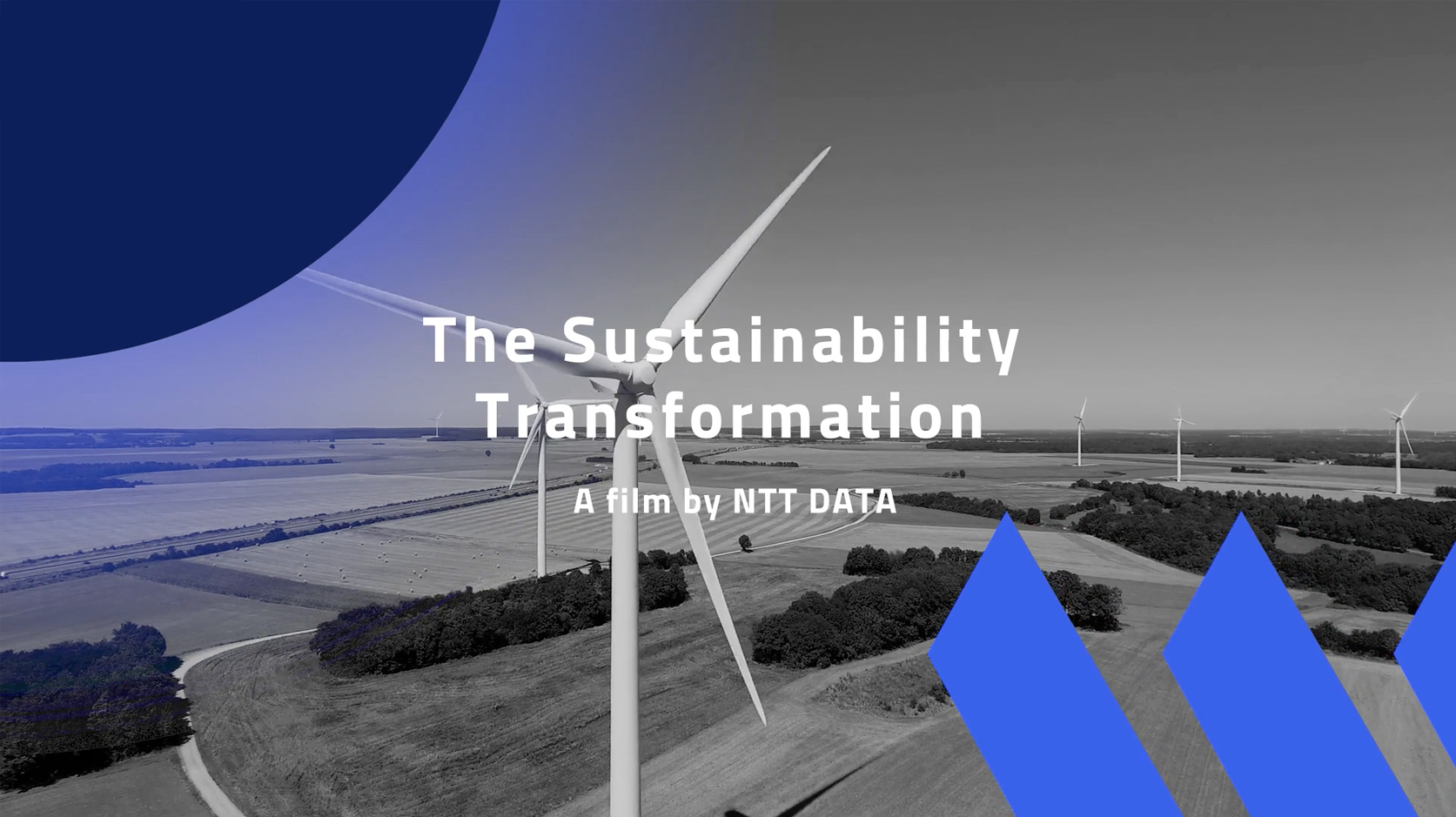
Over the past few decades, sustainability has seen growing importance on the agenda of businesses. The UN’s Intergovernmental Panel on Climate Change (IPCC) published their Sixth Assessment Report this year, giving a stark assessment of how human activity is changing our climate in unprecedented ways. “It is a statement of fact,” said Professor Ed Hawkins of Reading University, an author of the report. “We cannot be any more certain; it is unequivocal and indisputable that humans are warming the planet.” The increase in the frequency of extreme weather events (drought, flooding and heatwaves) over the past few years is a case in point.
2021 also represents somewhat of a landmark milestone, with 197 parties signing up to attend this year’s COP 26 conference to accelerate action towards the goals of the Paris Agreement and UN Framework Convention on Climate Change. It’s excellent to see such overwhelming support from countries; however, more work must be done in conjunction with businesses in order to meet climate goals.
Investors are increasingly focussing on sustainability credentials – investment into ESG funds accounted for roughly 25% of all investment into US stock and bond mutual funds in 2020.
Companies have historically struggled to justify the investment needed for environmental initiatives. In this article, we examine why this is the case and explore a method to include sustainability as part of ongoing business activity.
Driving forces behind sustainability
Before examining how to address the failings of business cases, it is worth exploring the main driving forces behind the increased focus on being sustainable, which include a combination of market and government forces:
Driving force #1: Customers
Customer attitudes are changing; customers are placing greater importance on supporting and doing business with organisations that have and promote sustainability.
Impact: Customers increasingly focus on buying and engaging with sustainable companies. Nielson reports that 73% of consumers would change their consumption habits to reduce the impact on the environment.
Driving force #2: Talent attraction and retention
Staff (and potential staff) increasingly prioritise the sustainability credentials of their (prospective) employers.
Impact: As employees increasingly place sustainability higher on their agenda (53% of the UK workforce say sustainability is an important factor in choosing a company to work for), this is having an impact on companies’ ability to attract and retain talent, particularly the best talent, which in turn impacts the organisation’s future.
Driving force #3: Investment
Investor attitudes (particularly institutional investor attitudes) are changing; they place growing importance on Environment, Social and Corporate Governance (ESG) investments.
Impact: Investors are increasingly focussing on investments that have strong ESG credentials, with record demand for ESG investments in 2020. Investment into ESG funds accounted for roughly 25% of all investment into US stock and bond mutual funds in 2020.
Driving force #4: Regulation
New legislation and regulations are coming into effect including the Paris Agreement and the Task Force on Climate-Related Financial Discourse (TCFD).
Impact: Government regulation mandates that companies adopt sustainable practices as part of their goal to meet the Paris Agreement. In addition, the UK government has become the first country in the world to make TCFD-aligned disclosures mandatory by 2025, with many in place by 2023.
What does this all mean?
Quite simply, sustainability is not just a passing trend; the driving forces highlighted above show that being sustainable is vital for the future survival of companies. Rethinking how to approach sustainability in business must be embedded into each and every company in order to protect their customer base and reputation, and to attract and retain the best talent.
The investment case and financial metrics that traditionally govern new projects do not align well with sustainable initiatives, meaning that environmental benefits are only considered qualitatively, and all too often that means decision makers do not give them the consideration they deserve.
Yet, the case for sustainable initiatives remains a challenge: there is clearly significant demand for sustainable initiatives, yet companies continue to be reluctant to adopt or invest in such initiatives.
The mindset summarised in Milton Friedman’s assertion that the “only social responsibility” of business is to maximise profits (commonly summarised as “the business of business is business”) remains influential. Many businesses are therefore reluctant to concern themselves with externalities such as sustainability.
The problem herein is threefold:
Businesses tend to value investment in quantitative metrics (e.g. ROI, payback period), and many green initiatives are not large enough to make a material impact on the return of capital employed;
Qualitative benefits are difficult to justify (employee morale and talent attraction or retention);
There is no standardised metric for measuring green initiatives nor any benchmarking between companies (though ESG ratings by investment firms and TCFD reporting are helping to change this).
What can companies do?
Companies have tried a multitude of different initiatives, from adding solar panels to reduce electricity demand on traditional electricity sources to reducing packaging on products to reducing the carbon footprint along their supply chain.
IKEA has invested in sustainability throughout its supply chain by sourcing wood from sustainable forests, using 700,000 solar panels to help power its stores. Unilever has made strides in sustainability by reducing its carbon footprint along its entire supply chain from sourcing to production. Panasonic moved their North American headquarters from outside the city to near a metro station to eliminate employees’ need to drive to work and thereby reduce their carbon footprint.
These are daring examples of how some of the largest companies have begun to approach sustainability. They require large sums of investment, management buy-in and long lead times. That support has made it possible for each company to set sustainability goals to measure itself against (IKEA makes for a good example).
These large-scale initiatives, however, are not the only methods for companies to contribute to sustainability.
Maximising the adoption of sustainability
The investment case and financial metrics that traditionally govern new projects do not align well with sustainable initiatives, meaning that environmental benefits are only considered qualitatively. Therefore, all too often, that means decision-makers do not give them the consideration they deserve.
In order for sustainability to play a stronger role:
Make sustainability one of your strategic goals, so progress and results are closely measured, monitored and discussed in the boardroom (the UN proposes 17 Sustainable Development Goals which could be used as a basis);
Ensure sustainability is a decision criterion as part of your investment request process;
Turn sustainability into a financial factor and metric in investment request cases and decisions;
Include sustainability as a criterion when selecting partners across the supply chain (e.g., sustainability criteria included in partner agreements or contracts).
Large-scale change is required in order to meet the Sustainable Development Goals proposed by the UN, but considering sustainability as a factor in investment decisions is a great step to kick start your sustainability journey.
For instance, if an initiative results in the reduction (or increase) in tonnes of CO2 equivalent produced, it would be easy to estimate the financial impact using the prevailing cost of CO2 equivalent and factor this benefit (or cost) into the investment case. Furthermore, the businesses could align their initiatives to a sustainable development goal to justify the investment case and sustainability credentials.
Without changing the approach to investment cases, it will remain difficult to justify investment into sustainable initiatives. There is an expectation that large-scale change is required to meet the Sustainable Development Goals proposed by the UN. Though this may be true, considering sustainability as a factor in investment decisions is a great step to kick start your sustainability journey.
Sustainability is here to stay. The growing importance placed on sustainability by customers, employees and investors only shows what a significant role it plays, and shall continue to play, in the future of business.
The road to adopting sustainability, and measuring its benefits, is undoubtedly complex. But, through assigning monetary values to the CO2 equivalent produced by certain processes, for example, sustainability can easily be factored into investment decisions. Start small – smaller initiatives involve less time, capital and risk and therefore can be easily measured – but start you must: as market and government forces continue to push sustainability, the risk to your business of doing nothing is perhaps the greatest risk of all.















































